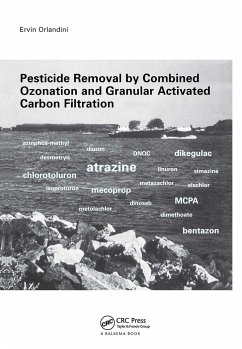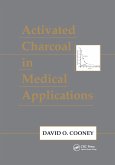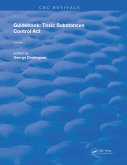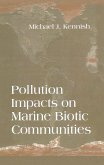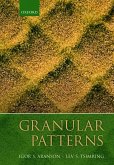This research aimed to identify and understand mechanisms thar underlie the beneficial effect of ozonation on removal of pesticides and other micropollutants by Granular Activated Carbon (GAC) filtration. This allows optimization of the combination of these two processes, termed Biological Activated Carbon filtration. The study concluded that ozonation significantly improves removal of atrazine by GAC filtration not only due to the wellknown effect of oxidation of atrazine, but also due to the effect of partical oxidation of Background Organic Matter (BOM) present in water. Ozone-induced oxidation of BOM was found to improve adsorption of atrazine in GAC filters. Biodegradation of atrazine in these filters wasnot demonstrated. Higher GAC's adsorption capacity for atrazine and faster atrazine's mass transfer in filters with ozonated rather than non-ozonated influent were explained as due to ozonated BOM. Both can be attributed to enhanced biodegradability and reduced adsorbsbility of partially ozidated BOM compounds, resulting in their increased biodegradation and decreased adsorption in GAC filters.
Hinweis: Dieser Artikel kann nur an eine deutsche Lieferadresse ausgeliefert werden.
Hinweis: Dieser Artikel kann nur an eine deutsche Lieferadresse ausgeliefert werden.

